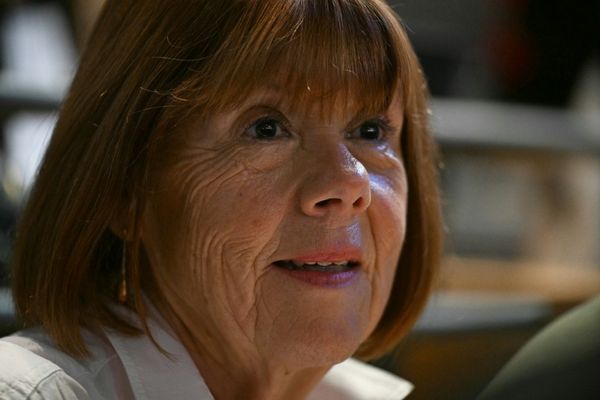Benchmark two-year Treasury yields reached the highest since June after Federal Reserve Chair Janet Yellen indicated that the case for tightening policy has strengthened and signaled a gradual pace of interest-rate increases.
Two-year notes, the coupon maturity most sensitive to Fed expectations, were headed for the steepest weekly loss since May. Yellen said in a speech in Jackson Hole, Wyoming, that policy makers “anticipate that gradual increases in the federal funds rate will be appropriate over time to achieve and sustain employment and inflation near our statutory objectives.”
With futures traders ramping up bets on a 2016 rate boost, shorter maturities trailed longer-dated debt. As a result, the extra yield that 30-year bonds offer over five-year notes shrank to the smallest this year. Yellen’s speech followed weeks of conflicting economic data that have whipsawed investors seeking to predict the Fed’s path. Many traders have taken to the sidelines, leaving 10-year yields stuck in their narrowest monthly range in a decade.
“The message was pretty balanced, in that she did indicate that we’re closer to raising rates, but at the same time, insinuated that the ultimate terminal rate should be a bit lower,” said Mike Lorizio, a Boston-based senior trader at Manulife Asset Management, which oversees about $325 billion. “It was definitely supportive of a flattening yield curve.”
Yields on two-year notes rose four basis points, or 0.04 percentage point, to 0.83 percent as of 1:50 p.m., according to Bloomberg Bond Trader data. The yield has risen about eight basis points this week.
History as Guide
History suggests that a Fed rate increase supports longer-maturity bonds more than short-dated obligations. Typically, when the Fed has raised rates over the past four decades, betting longer-term securities would outperform short-term debt has proven a winner, data compiled by Bloomberg show. Higher rates help stem inflation and keep the economy from overheating.
The difference in yield between Treasuries due in five years and those maturing in three decades tumbled to 1.06 percentage points, the least since March 2015.
Fed Vice Chairman Stanley Fischer said in an interview with CNBC that Yellen’s remarks leave open the possibility of a rate hike in September.
Futures indicate a 38 percent chance the central bank will raise rates next month, and a 62 percent probability by December, according to data compiled by Bloomberg. Before Yellen spoke, there was a 55 percent probability of a December move.
The Fed chair’s speech puts the spotlight on next week’s report on August labor data, which are projected to show the economy added 185,000 jobs, following a gain of 255,000 in July.
"There’s a little bit of something for everyone in there,” said Lisa Hornby, a New York-based fixed-income money manager at Schroders, which oversees $467 billion. “She largely stuck to the script. A bit of short-term hawkishness implying the fact that there are more reasons for a near-term rate hike, but long-term what she said was much more dovish.”
--With assistance from Rebecca Spalding To contact the reporters on this story: Brian Chappatta in New York at bchappatta1@bloomberg.net, Andrea Wong in New York at awong268@bloomberg.net. To contact the editors responsible for this story: Boris Korby at bkorby1@bloomberg.net, Mark Tannenbaum
©2016 Bloomberg L.P.







